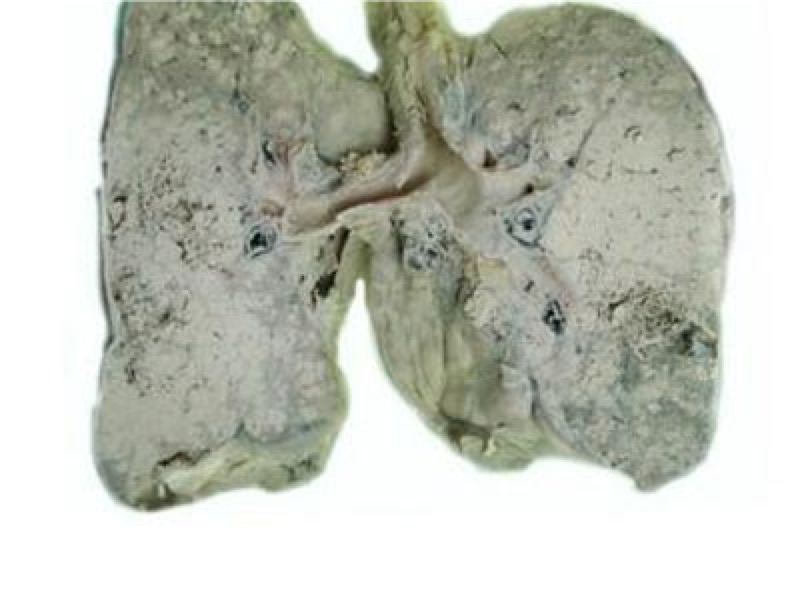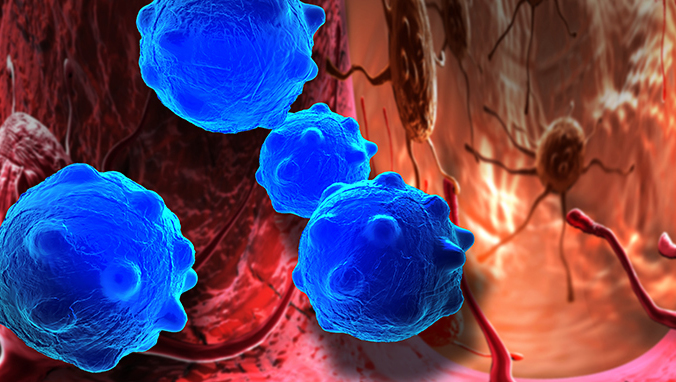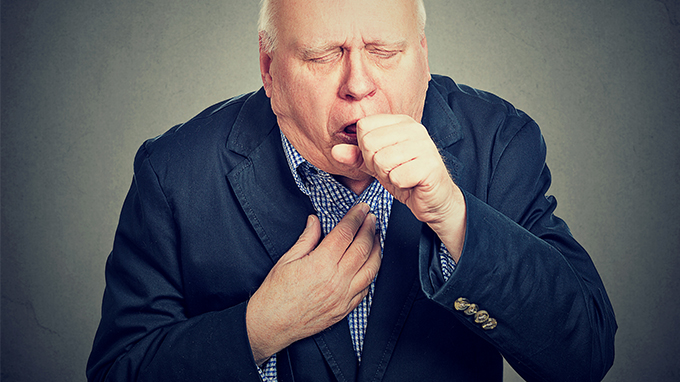How to treat children with upper respiratory tract infection
Upper respiratory tract infection is a common disease in childhood, mainly acute inflammation of the nose, pharynx, and larynx, which is most likely to occur when the climate changes in winter and spring. Because viruses (such as parainfluenza virus, respiratory fusion virus, adenovirus, etc.) are the main pathogens, bacterial infections often occur after viral infections. Children with malnutrition, rickets and anemia have low resistance to disease and are more susceptible to infection. Those who are mild only have nasal congestion, runny nose, sneezing, throat discomfort, slight cough, low fever, etc.; those who are severe may have high fever, headache, sore throat, vomiting, polydipsia, high fever convulsions, etc.
upper respiratory tract infection, Chinese medicine is called cold, cold, etc. The syndrome differentiation of traditional Chinese medicine is divided into two types: cold and cold. Wind and cold can show fever, fear of cold, no sweat, nasal congestion, white and thin sputum color, thin white tongue coating, tight pulse; wind and cold can see high fever, sweating, fear of wind, nasal congestion, yellow sputum color, pharyngeal red tonsils Swollen, thin tongue fur, yellow pulse.
General dietary principles of upper respiratory tract infection
upper respiratory tract infection, Chinese medicine is called cold, cold, etc. The syndrome differentiation of Chinese medicine is divided into cold and cold, wind and cold Two categories. Wind and cold can see fever, fear of cold, no sweat, nasal congestion, phlegm white and thin, thin tongue coating, white pulse, tight pulse; wind-heat cold see high fever, sweating, fear of wind, stuffy nose, yellow phlegm, red pharyngeal tonsils Swollen, thin tongue fur, yellow pulse.
The physiological characteristics of children are delicate organs and low disease resistance, and they are susceptible to wind and evil when the climate changes. The younger the age, the higher the incidence. The lesion is mainly in the lungs, and the evil is inhaled from the mouth and nose. Children have "spleen insufficiency". After a cold, they often affect the function of luck and cause gastrointestinal symptoms such as vomiting and diarrhea. Therefore, the diet is mainly based on digestible foods. Because colds often have high fever and thirst, a variety of refreshing Chinese herbal medicines are used to decoction tea, which can not only add water, but also help excrete evil drugs.
In diet, generally follow the following dietary principles:
1. Light diet is the principle. Avoid spicy and fatty foods. Edible porridge, noodles and other digestible foods, with some vegetables when convenient;
Second, pay attention to adding vegetables and fruits, cold and cold can eat oranges, sweet oranges, etc.; wind and cold can be eaten raw Pears, horseshoes, cantaloupe, etc.;
Third, avoid eating too hard and fried fragrant foods to reduce swelling and pain in the throat. 4. Colds often cough and sputum, should eat less sweet food, edible radish and other phlegm foods to prevent the breeding of sputum;
Five, colds often have high fever, should drink plenty of water, can promote the virus Excretion from the urine is beneficial to restore health;
Six. When you have a cold and see loose stools, you should use a small amount of multiple eating methods.
☆Yier Food Therapy Workshop☆
1. Children with colds and colds
Ingredients: Su Ye 5g, Ginger 10 Grams, 10 grams of brown sugar
source of raw material procurement: Su Ye pharmacy
production method: Su leaves are washed, ginger is added, soaked in boiling water, and brown sugar is added.
How to take: Mother’s breast milk, replace tea. The baby replaces the water drink (20-30ml three times a day).
Efficacy: Disperse wind and cold, sweat and reduce fever.
2. Children with wind, heat and cold
Materials: mint 3g, mulberry leaf 5g, chrysanthemum 5g, rock sugar 15g
Sources for sourcing : Pharmacy
Production method: Wash mint, mulberry leaves, chrysanthemum, soak in boiling water or stir fry, add rock sugar.
Taking method: Drink water instead.
3. Children with a lot of colds, coughs and phlegm
Materials: Mung beans 30g, Almonds 10g, White sugar 10g
Sources of purchase of raw materials: marketed.
Production method: 30 grams of mung beans, 10 grams of almonds, crushed (using a crusher), add water to decoction and put white sugar.
How to take: Replace tea.
4. Children with a cold accompanied by headache and thirst
Material: 15 grams of chrysanthemum, 30 grams of fresh (dried) reed root,
Source: pharmacy
Production method: Chrysanthemum, reed root and water decoction
Consumption method: substitute water drink.
Related Articles

- Early symptoms of lung cancer
- 2020-12-17

- Symptoms of rhinorrhea
- 2020-12-17

- First-line chemotherapy for squamous cell carcinoma
- Squamous cell carcinoma is abbreviated as squamous cell carcinoma, also known as epidermal carcinoma. It is a malignant tumor that occurs in epidermal or accessory organ cells. Cancer cells
- 2020-08-02

- Dietary coup for winter cough
- The winter in the north is quick to say. When the northwest wind blows down the last autumn leaf, the dry winter begins. The most common health problems in winter are upper respiratory trac
- 2020-08-02

- Get rid of asthma freely (1)
- Asthma is one of the most common chronic respiratory diseases worldwide, and the incidence is increasing year by year, especially among children. Due to various reasons, in our country, esp
- 2020-08-02

- Get rid of asthma freely (2)
- Basic articles 1. How to detect pediatric asthma early
- 2020-08-02
